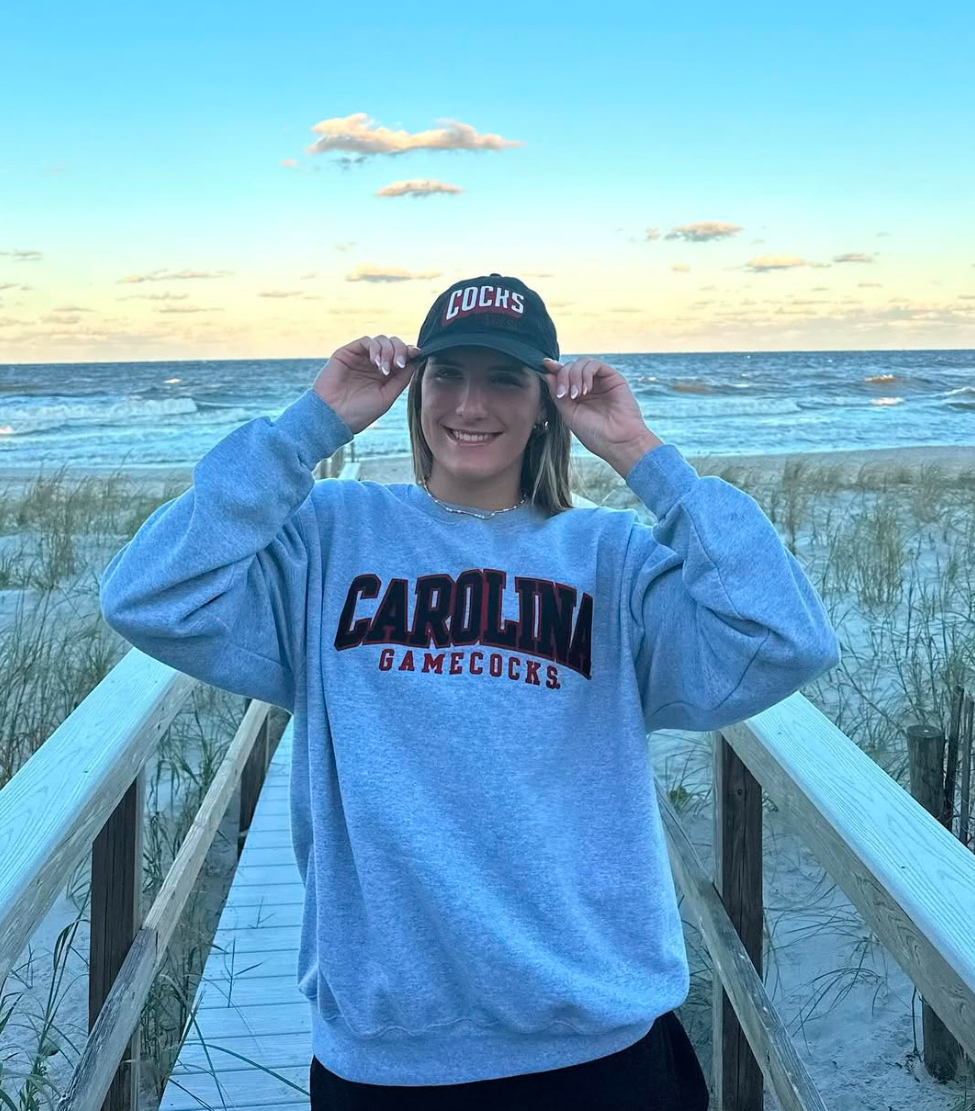By Henry Weitz
The transfer portal has changed college football forever. The introduction of the portal, as well as new name, image, and likeness (NIL) money has turned the NCAA transfer process into a free agency. This constitutes the idea that athletes should transfer between schools as they please as long as it benefits them. Leaving some schools as powerhouses and others in shambles.
According to the NCAA, the transfer portal permits athletes to place their name in an online database declaring their desire to transfer colleges. It wasn’t always this easy though. Before the new portal regulations were passed in October of 2018, any athlete who transferred schools would serve a one year penalty in which the athlete could not participate in any athletic event for that season.
The transfer portal officially opens its doors to athletes beginning March 18th. Any athlete must have entered their name into the portal by May 1 or else students who play fall sports like football risk losing their eligibility for the upcoming season. Since the rule change, players have been able to transfer from college to college with no penalty. Current University of Miami quarterback phenom Cam Ward, who started his career in San Antonio at the University of Incarnate Word in 2021, then entered his name into the portal which led Cam to Washington State for two years. After a solid year playing in Pullman, Cam Ward transfers once again to Miami. Since his latest transfer, Ward has led the Canes’ on an 8-0 tear while solidifying himself in the Heisman Award watchlist. Cam Ward is a testament to the positive impact the transfer portal can have on a player.
The positive effects of the transfer portal on college sports. Players like Kyle McCord who wasn’t going to be a guaranteed starter at Ohio State, transferred to Syracuse where he has turned things around for the orange with the prospect of a winning season and bowl eligibility. In 2023, Syracuse sat at a mediocre 6-7 record, but now with the addition of McCord at quarterback Syracuse jumped to 5-2 with things looking up. Another positive impact of the portal is the ability to move good players from worse programs into schools who fit their skill level. This year, quarterback Diego Pavia did just that. He transferred from New Mexico State to Vanderbilt. While Vanderbilt has historically been the bottom team in the SEC, this year Pavia turned things around. On October 5th, 2024, Pavia led Vanderbilt to a groundbreaking victory 40-35 over Alabama, historically a powerhouse in the SEC. This was possibly the biggest day in Vanderbilt football history as they completed their first victory over a team ranked AP No. 1.
There are also obviously flaws to the transfer portal. Namely, a decrease in team loyalty between players. Forbes.com claims the portal ruins the starting cycle. As in, the cycle of which a player typically freshman or sophomore A notable example of this is star running back Trevor Etienne who transferred from the University of Florida to the gators biggest rival in the University of Georgia. This move by Etienne further buried the hatchet between the two rivals. Another aspect to today’s game is NIL money. Players now gravitate towards bigger schools because they will get more publicity which ultimately leads to more NIL money. In July of 2023, Arch Manning committed to the University of Texas and almost immediately gained attention from local and national brands looking to sponsor him. Since then, Manning has accumulated many NIL deals like Panini America trading cards, EA Sports’ College Football 25. Arch’s NIL evaluation now sits at $3.1 million dollars, about $1.1 million more than Quinn Ewers, the quarterback Arch is currently sitting behind in the depth chart.
The NCAA Transfer Portal exhibits many opportunities for players all over the country. The portal holds power to change an athlete’s career for better or for worse.
Graphic by Ryder Navarra





